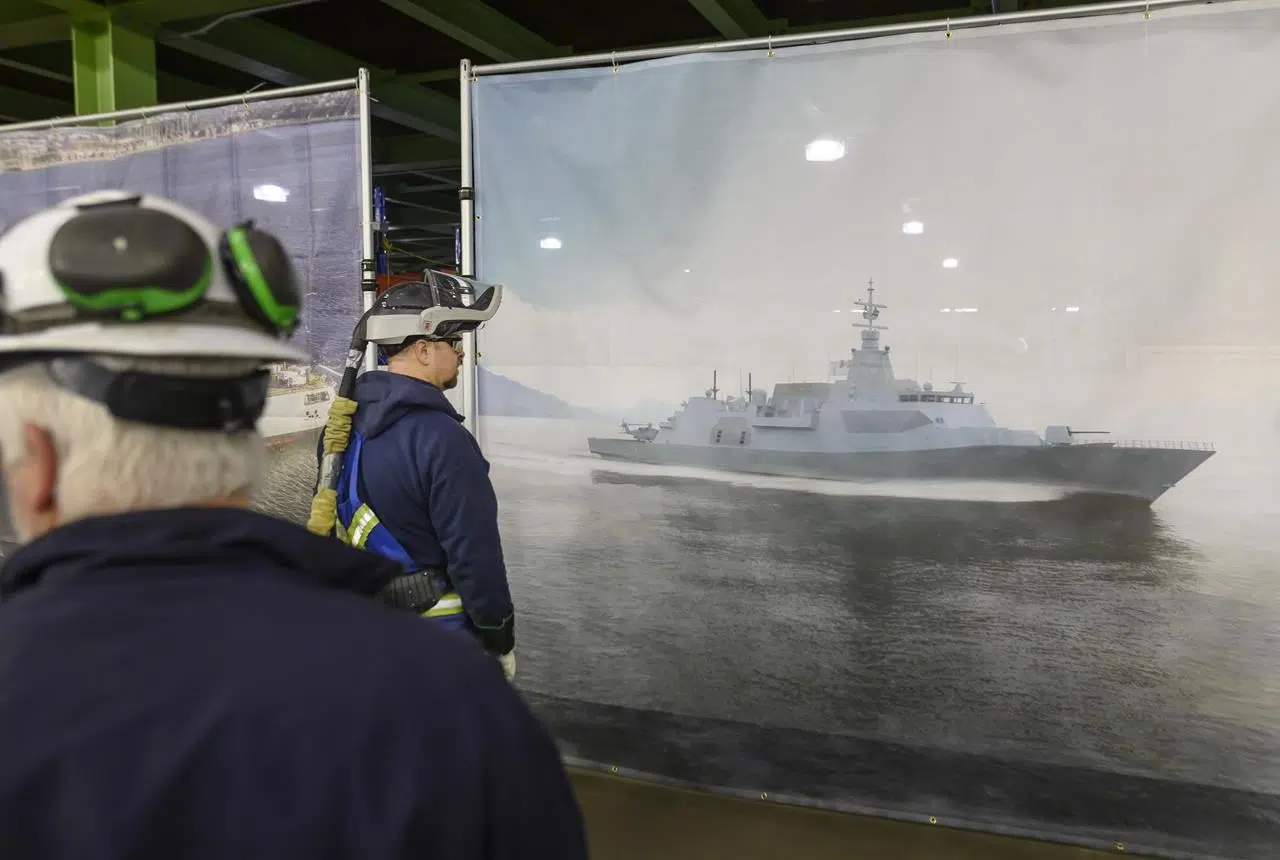
Sailor shortage causing headaches for Royal Canadian Navy
OTTAWA — A shortage of sailors is making it hard for the Royal Canadian Navy to operate its ships and work on replacing them at the same time, according to a senior naval officer.
The revelation by Commodore Steve Waddell, head of naval strategic readiness, follow similar concerns from the Royal Canadian Air Force about the difficult choices it is facing thanks to a shortage of experienced pilots.
Taken together, they underscore the severe personnel challenges facing some parts of the Canadian Forces, which tend to be overshadowed by the numerous problems facing the military procurement system.
In fact, Waddell indicated during a presentation to a defence conference this week that the navy’s personnel shortages could threaten the Trudeau government’s “ambitious” defence policy.



